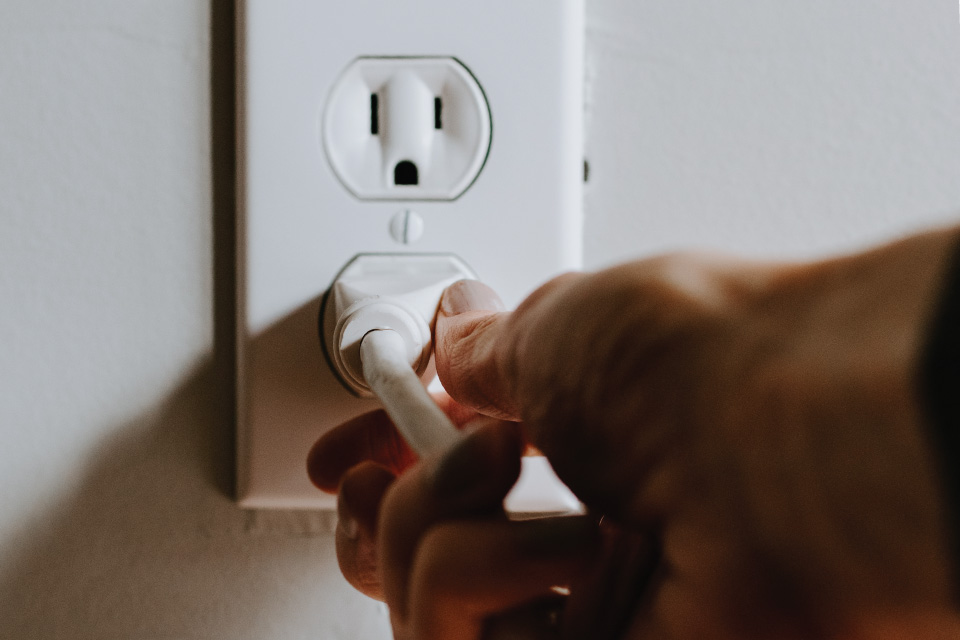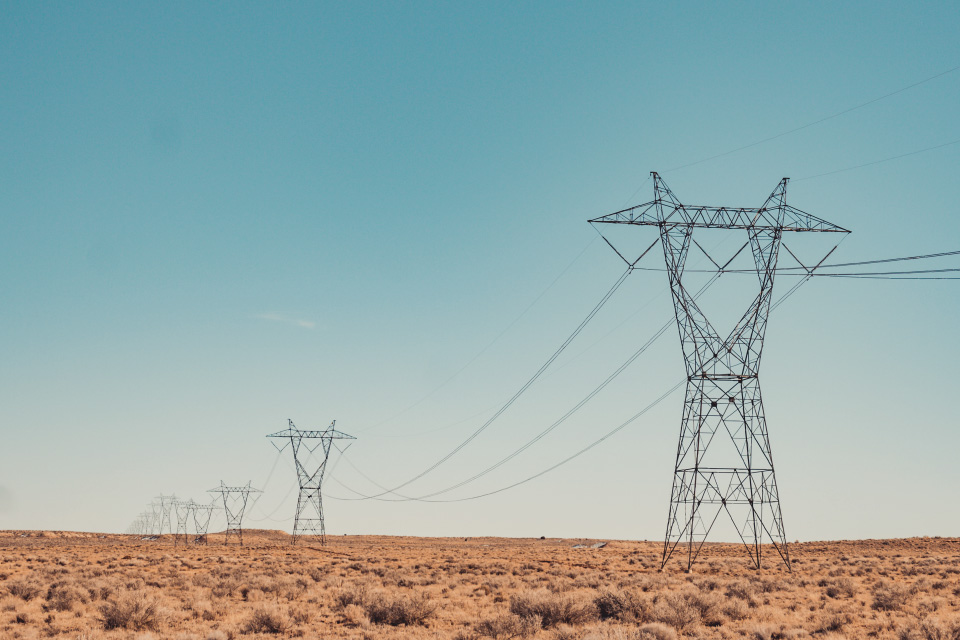Energy Freedom for All.
HOW THEY WORK
Did you know that the Western United States is one of the only regions of the country without a fully interconnected electrical grid?
For most of the U.S., states and utilities work together to create what is called a regional transmission organization or an RTO. Instead of disparate entities delivering power within small areas, an RTO manages the entire electric system – from the power plant through the transmission wires to the customer – in a more efficient, affordable way.
In the Western U.S., there are 37 independent entities balancing the grid through individual electric service areas. That means 37 different companies, 37 different pricing structures, and at least 37 potential inefficiencies for us reaching our goals of more affordable, reliable and clean electricity.
We have a historic opportunity
to create a more efficient, cheaper,
cleaner grid for all
LOWER ELECTRICITY PRICES
An RTO is designed to automatically dispatch the lowest-cost electricity available.
STRONG, RELIABLE GRID
Using the latest technology, an RTO will balance supply and demand on the grid across the West – creating a more reliable system, particularly in periods of extreme weather and increased demand.
CLEANER POWER
A west-wide approach to balancing our grid makes it easier to integrate the variable output of renewable power like wind and solar.
STRONGER ECONOMY
Lower electricity prices and a reliable system is a significant draw for companies looking to locate in the West.

NOW IS THE TIME FOR A
A WESTERN RTO
LOWER ELECTRICITY COSTS
Leveraging the latest technology and breaking down the barriers between the states will open up the market to the lowest cost electricity for customers at any given time, as well as limit the amount of new power plants needed on the whole. A Western RTO would also remove many existing transmission constraints, allowing power to more seamlessly reach those who need it, and instead invest in our transmission infrastructure in the places with the largest benefit to the West.


Greater System Reliability
Our electricity system continues to be challenged by increased frequency of severe weather events and the continued integration of more renewable energy. A Western RTO automatically taps into the system to get power to where it’s needed most, mitigating the potential for power disruptions to customers.
A More Diversified Energy Portfolio
A regionally connected and coordinated power grid means more effective deployment and increased development of diversified energy portfolios. For example, wind energy developed in Colorado could be used in Utah, just as solar power captured in Arizona can then be purchased and used in other states. More renewable energy on the grid means it is easier for utilities, states, counties, cities and large customers to meet their decarbonization goals – creating a cleaner future for us all.
